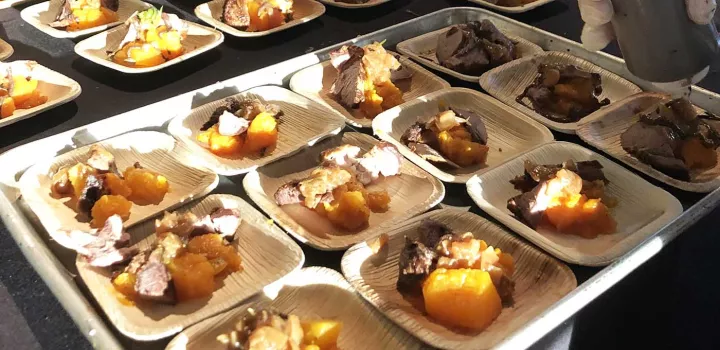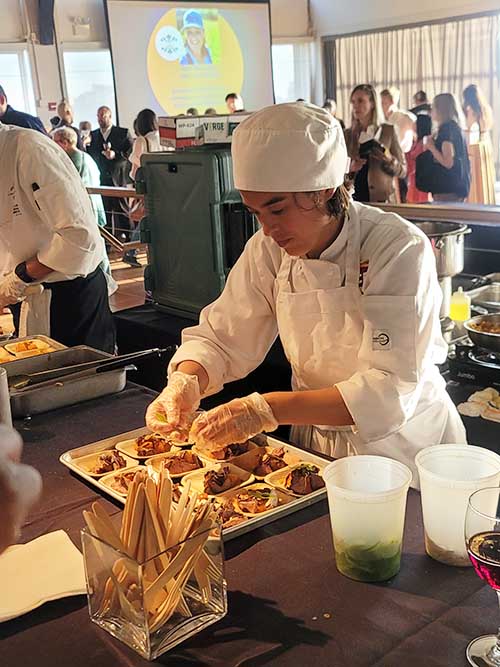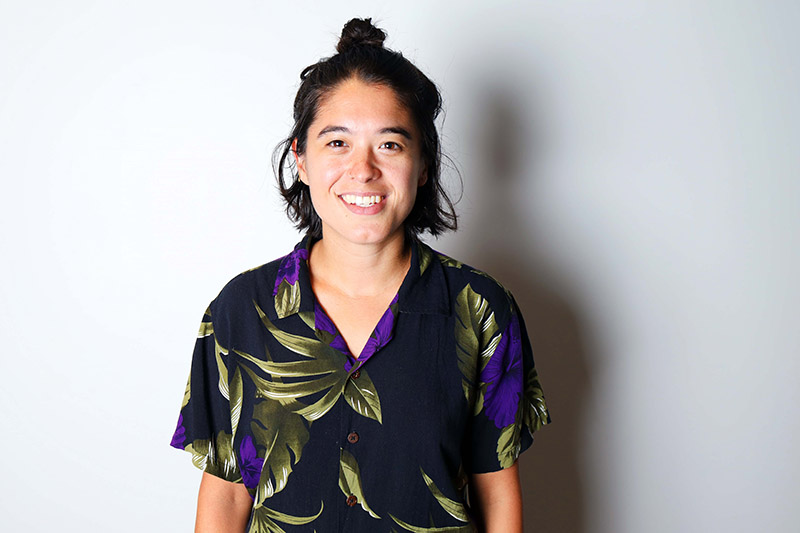
Why You Should Volunteer at ICE
Taking advantage of all the opportunities ICE provides outside the classroom will boost your resume — and your Rolodex.
Before I was a student in ICE’s Culinary Arts program, the only foodservice job I had was working behind a bakery counter. Aside from reheating quiche, I wasn’t preparing food — I helped customers, made coffee and took cake orders. So when the time came for my class to begin looking for externships, I was filled with nervous excitement. While I learned a lot of technical skills in class, the intensity and pressure of being in a professional setting were intimidating. I felt like I needed a way to practice before being in a situation where I had a lot at stake (like trying to get a job).
Benefits of Volunteering at ICE
ICE partners with cooking competitions, food events, festivals, local restaurants and catering companies to facilitate student volunteer opportunities, and they come in many forms. For example, some of my classmates volunteered at Daniel Boulud’s two-Michelin-starred restaurant Daniel, assisting with catering prep and on-site service for a wedding in the Hamptons. Another student worked side-by-side with Duff Goldman, mise-ing ingredients and helping participants make his famous chocolate cookies at his masterclass at the New York City Wine & Food Festival.

I volunteered at New York EATSS, an event hosted by the American Indian College Fund featuring indigenous foods from some of the best Native American chefs in the country. Each chef had a station where attendees could sample their dish and meet the chef. I was assigned to work with Chef Freddie Bitsoie and worked alongside a Native American culinary student volunteer. Chef Freddie was presenting Navajo lamb with caramelized onions, sumac sauce and butternut squash. Before we started, he explained to us why he chose his dish, walked us through its components and plated a sample, so we had something to reference as we worked.
As the event picked up, we were swamped — our two-person assembly line was only just matching the rate at which plates were being picked up. Smiling and describing the dish to customers was an added challenge as I was working as quickly as possible. It was a great learning experience. We had to proactively monitor if we needed to restock plates, communicate if we were running low on a specific recipe component and needed to ration quantities, decide if the pace should speed up or could slow down based on demand and work cleanly, all while representing the chef and keeping a calm composure. It was a lot to juggle and a small simulation of what my externship would be like.
Another major benefit of volunteering is the networking. Getting to know and impress a chef can help you land an externship at their restaurant or a job down the line. Fellow volunteers may have insights about the industry and connections that are helpful to you, and you never know where that once-in-a-lifetime opportunity will come from. Networking is a huge part of this industry, and aside from the technical skills you can learn, you can also practice networking while volunteering.
Organizations That Partner with ICE
Other organizations that partner with ICE looking for student volunteers include the Jacques Pépin Foundation, Le Best Chef Competition, City Harvest and the Canadian Oyster Festival. Some volunteer opportunities take place on campus while others are located at various restaurants or event spaces around the city.
Pro tip for students looking for upcoming volunteer opportunities: Keep an eye out for your weekly ICE student newsletter.



Add new comment